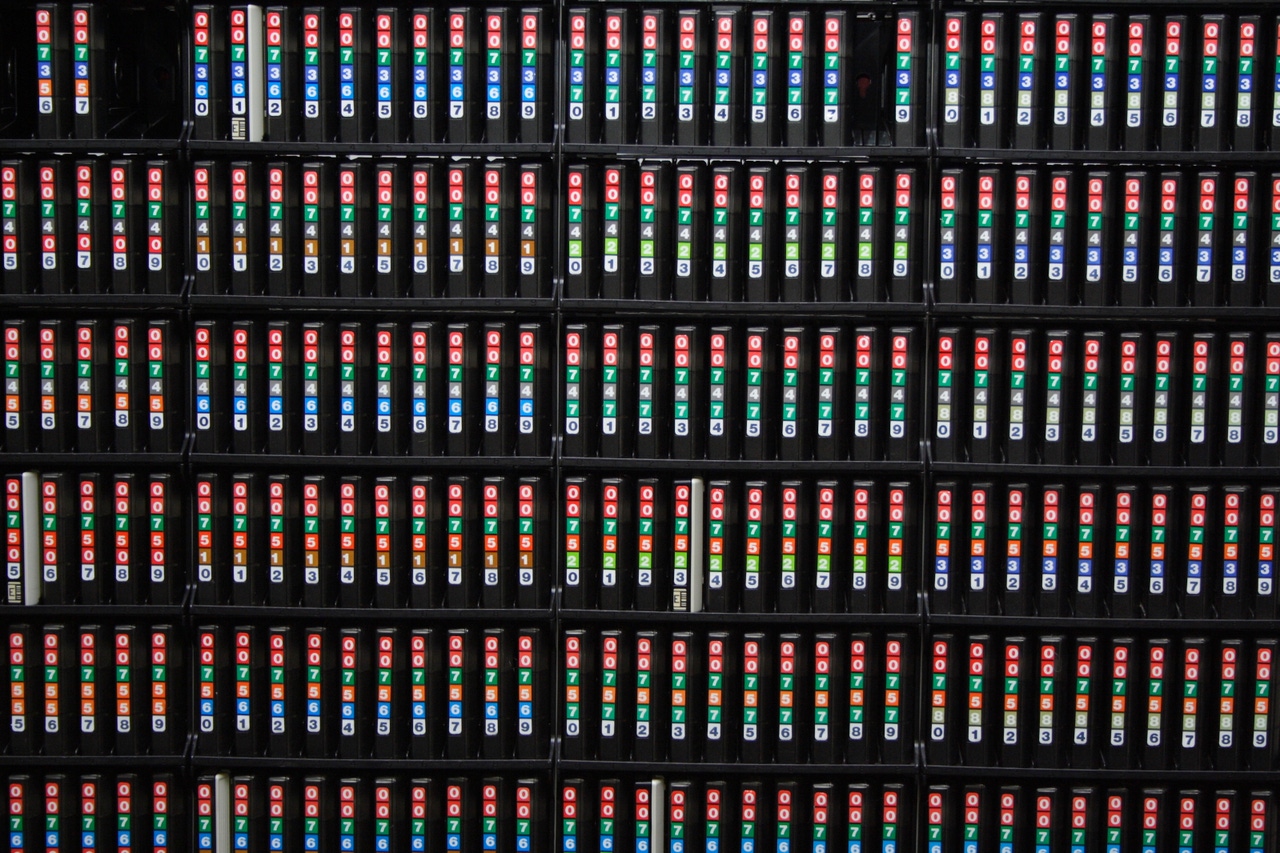3 Current Use Cases for Tape Backup Solutions
Tape backup solutions may be the ransomware silver bullet, among other use cases.
July 23, 2021

I first remember hearing someone say “Tape is dead” sometime around 2006. It obviously wasn’t, but with disk-based backups the norm today, and traditional backups increasingly giving way to cloud-based disaster recovery solutions, is now the time to put a nail in the tape coffin? The short answer: Tape is alive and kicking. Here are three current use cases for tape backup solutions.
1. Air-Gapped Storage
One of the biggest reasons organizations use tape today is that it can provide an extra layer of data protection against ransomware. Ransomware is easily one of the most pervasive security threats to nearly any organization, and it has grown increasingly sophisticated over the years. Today, there are ransomware variants that are capable of attacking an organization’s backups--the only ransomware recovery method guaranteed to be effective. If a ransomware author is able to disable an organization’s backups, the organization may have little choice but to pay the ransom.
Because of this, some organizations use tape as a supplementary backup solution: In addition to performing backups using other methods, organizations will periodically back up their most important data to tape. This tape is then injected and stored in a safe location. The tape remains off-line and physically separate from the organization’s data systems, it is said to be “air gapped.” If an organization’s backups were to be attacked by ransomware, the ransomware would not be able to harm the data that is stored on tape because the tape has been physically removed from the drive.
Although this technique for protecting backup data against ransomware works, it is gradually giving way to immutable disk-based backups. Such backups offer shorter RTO and RPO than tape and also cannot be harmed by ransomware.
2. Additional Capacity
Another way that some organizations are leveraging backup tapes is as supplementary storage for their primary backup systems. One of the primary challenges associated with disk-based backups is that disks have a finite capacity, and adding additional storage capacity can be quite expensive. In the case of a hyperconverged backup system, for example, an organization might have to purchase additional nodes to gain the extra storage capacity that it needs.
Sometimes, however, tape can be used to make up for these types of capacity limitations. Imagine that an organization has an operational mandate to retain all backups for a month, but that its disk-based backup system can accommodate only about two weeks’ worth of data. In a situation like that, the organization may be able to offload aging backup data to tape. This would allow it to meet its compliance mandate while also freeing up the space that is needed to back up newly created data.
3. Archival Storage
One of the primary ways in which tape continues to be used today is as archival storage. Tape’s longevity and extremely low price make it extremely well suited to the task of storing archival data. Depending on how they are stored, LTO tapes can have a lifespan of up to 30 years.
The cost of the tapes themselves also make LTO (Linear Tape-Open) tapes a compelling option for archival storage. An LTO-8 tape currently costs about $90 and natively holds 12TB of data, or up to 30TB of compressed data. Based on the tape’s native capacity, its cost works out to less than 1 cent per gigabyte of storage ($0.007 based on 12 TB of data and a $90 price). If an organization decides to compress its tapes and manages to store 30TB of data on a tape, then the cost per GB of data is only about $0.003 per GB.
Conclusion
Even though its role has changed and tape is not the backup workhorse that it once was, it seems inevitable that tape will continue to play a role in the data center for years to come.
About the Author
You May Also Like








.jpg?width=700&auto=webp&quality=80&disable=upscale)
